Goal Overview
By 2030, ensure availability and sustainable management of water and sanitation for all.
Key Targets and Indicators
- By 2030, achieve universal and equitable access to safe and affordable drinking water for all.
- Indicator: Proportion of population using safely managed drinking water services.
- By 2030, achieve access to adequate and equitable sanitation and hygiene for all and end open defecation, paying special attention to the needs of women and girls and those in vulnerable situations.
- Indicator: Proportion of population using safely managed sanitation services, including a hand-washing facility with soap and water.
- By 2030, improve water quality by reducing pollution, eliminating dumping, and minimizing the release of hazardous chemicals and materials, halving the proportion of untreated wastewater, and substantially increasing recycling and safe reuse globally.
- Indicator: Proportion of wastewater safely treated.
- By 2030, substantially increase water-use efficiency across all sectors and ensure sustainable withdrawals and supply of freshwater to address water scarcity and substantially reduce the number of people suffering from water scarcity.
- Indicator: Level of water stress: freshwater withdrawal as a proportion of available freshwater resources.
- By 2030, implement integrated water resources management at all levels, including through transboundary cooperation as appropriate.
- Indicator: Degree of integrated water resources management implementation (0-100).
- By 2020, protect and restore water-related ecosystems, including mountains, forests, wetlands, rivers, aquifers, and lakes.
- Indicator: Change in the extent of water-related ecosystems over time.
- By 2030, expand international cooperation and capacity-building support to developing countries in water- and sanitation-related activities and programs, including water harvesting, desalination, water efficiency, wastewater treatment, recycling, and reuse technologies.
- Indicator: Amount of water- and sanitation-related official development assistance that is part of a government-coordinated spending plan.
- Support and strengthen the participation of local communities in improving water and sanitation management.
- Indicator: Proportion of local administrative units with established and operational policies and procedures for participation of local communities in water and sanitation management.
Strategies and Actions
- Improve infrastructure: Invest in building and upgrading water and sanitation infrastructure to ensure universal access to safe and affordable drinking water and adequate sanitation.
- Enhance water quality: Implement policies and practices to reduce water pollution and increase the treatment and reuse of wastewater.
- Promote water efficiency: Encourage water-saving technologies and practices across all sectors to reduce water stress and ensure sustainable water use.
- Protect ecosystems: Implement measures to protect and restore water-related ecosystems to maintain biodiversity and improve water quality.
- Foster international cooperation: Strengthen partnerships and provide technical and financial support to developing countries for water and sanitation projects.
- Engage communities: Involve local communities in decision-making processes and management of water resources and sanitation services.
FAO Actions to Support Monitoring
- Training programs: Conduct training sessions on water management and sanitation practices for local communities and government officials.
- Technical assistance: Provide support for developing and implementing integrated water resources management plans.
- Guidelines and materials: Develop guidelines on best practices for water conservation, sanitation, and ecosystem protection.
- Expert meetings: Organize meetings with experts to refine methodologies for monitoring water and sanitation indicators.
- Webinars and workshops: Host webinars and workshops to train national focal points on data collection and reporting for water and sanitation.
Conclusion
Ensuring access to clean water and sanitation is crucial for health, well-being, and sustainable development. By investing in infrastructure, improving water quality, promoting efficient water use, protecting ecosystems, and fostering international cooperation, we can achieve SDG 6 and ensure a sustainable future for all. Together, we can provide safe and affordable water and sanitation for everyone.
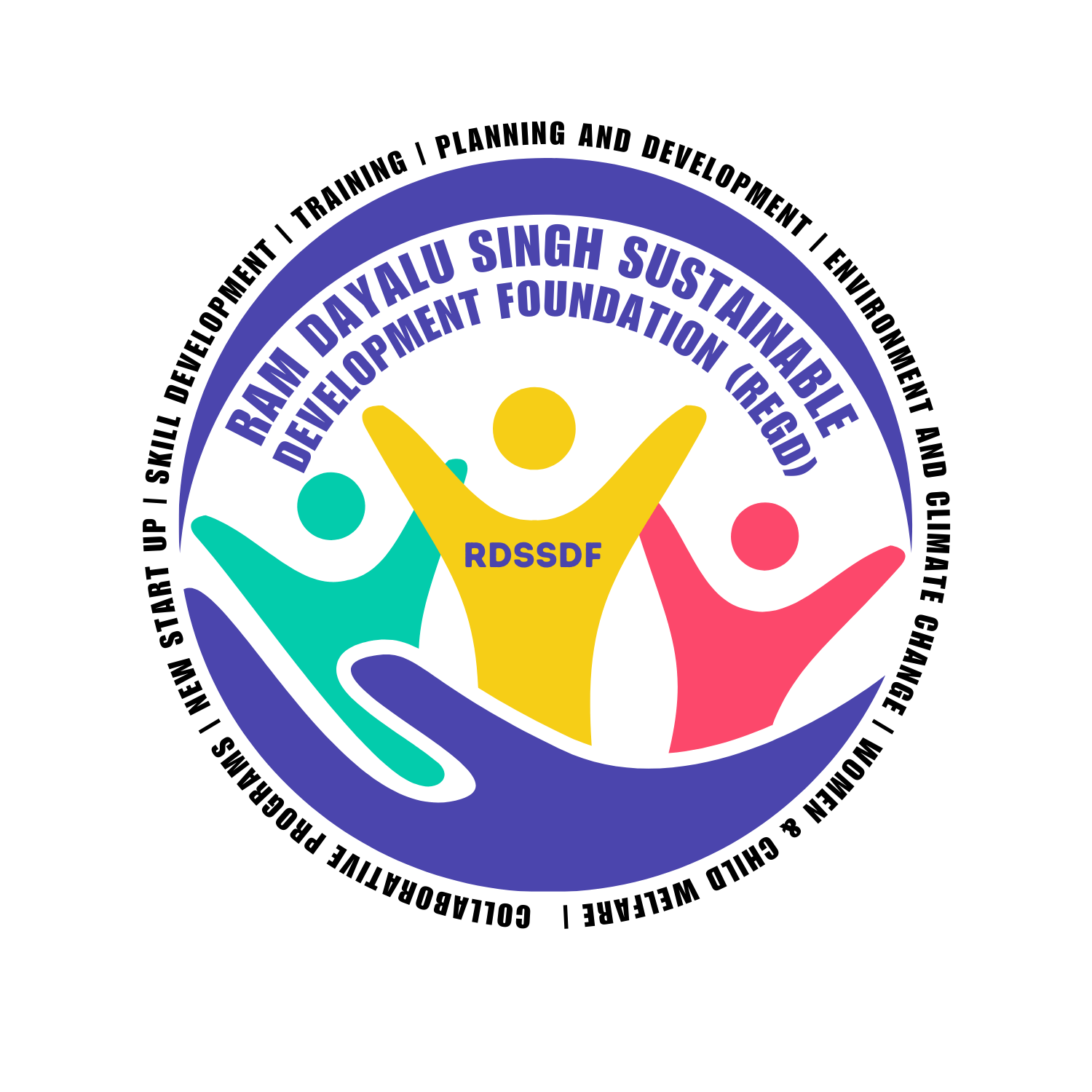

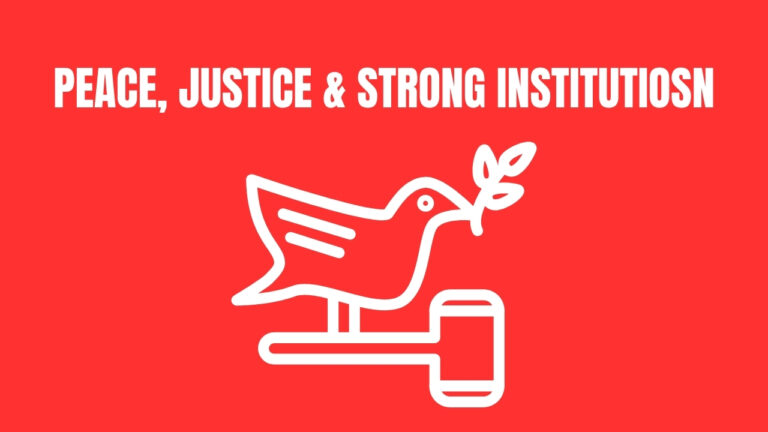
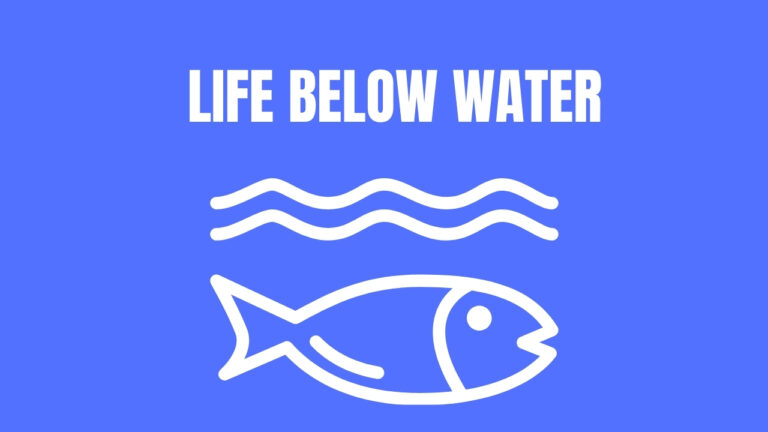
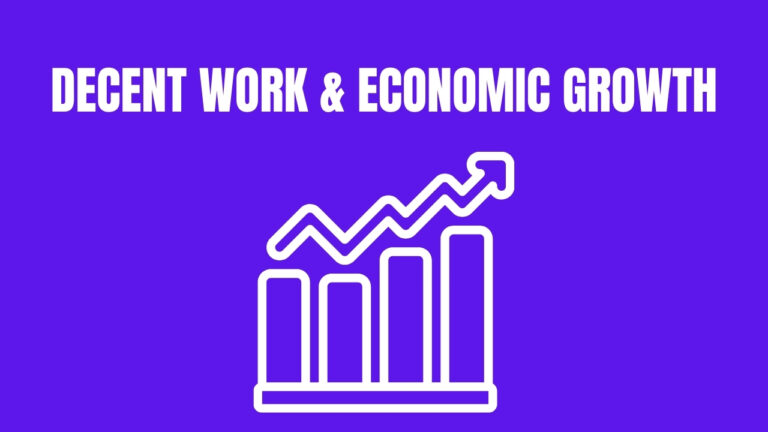
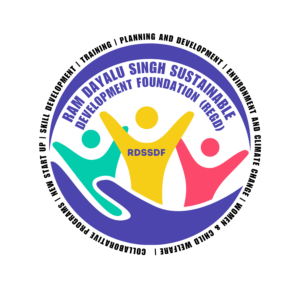 Welcome to Ram Dayalu Singh Sustainable Development Foundation (RDSSDF), a beacon of hope and progress for the sustainable development of India. As a National Level Public Charitable Trust, it is dedicated to providing comprehensive support and innovative solutions.
Welcome to Ram Dayalu Singh Sustainable Development Foundation (RDSSDF), a beacon of hope and progress for the sustainable development of India. As a National Level Public Charitable Trust, it is dedicated to providing comprehensive support and innovative solutions.